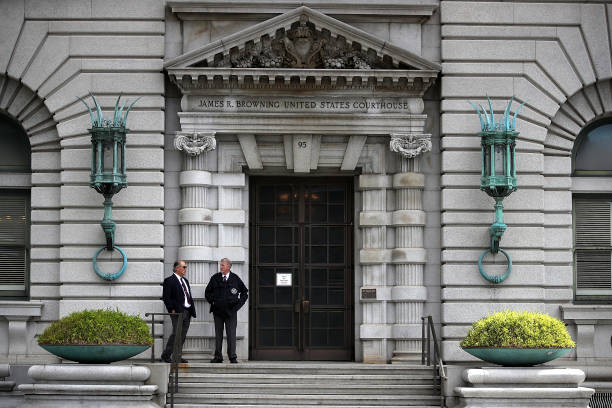
In an unfortunate, albeit not unexpected, decision, the Ninth Circuit reversed Judge Tigar’s vaccine mandate. You can read the decision in full here.
The reasons, in short, are as follows: the judges considered CDCR’s efforts in “making vaccines and booster doses available to prisoners and correctional staff, enacting policies to encourage and facilitate staff and prisoner vaccination, requiring staff to wear personal protective equipment, and ensuring unvaccinated staff members regularly test for COVID-19. . . symptom screening for all individuals entering the prisons; enhanced cleaning in the facilities; adopting an outbreak action plan; upgrading ventilation; establishing quarantine protocols for medically vulnerable patients; and testing, masking, and physical distancing among inmates” sufficiently ameliorative to reduce their misdeed below the threshold for an Eighth Amendment violation and “[a] decision to adopt an approach that is not the most medically efficacious does not itself establish deliberate indifference.”
Chapter 6 of our book, which discusses COVID prison litigation, is called “The House Always Wins.” This decision is a textbook example of the pathologies of prison litigation and why it fails to address problems in real time. It doesn’t even matter whether the litigation is happening on the federal or state level, because the basic problems are the same: the courts focus on the prison setting more than on the law, continuously contort the Eighth Amendment to defend prison administration, and ignore the basic regulatory requirements in the free world, assuming the prison is so different that they don’t apply. In addition, there is an interagency “game of chicken” that stalemates any efforts at providing timely help during an emergency: the natural actors that should quickly intervene in such situations are the governor and the prison authorities. Since neither has any incentive to do anything helpful, and since the people entrusted with the immediate care of the inmates are in a union that has been completely politically captured, the courts have to make noises of stepping in, but dragging their feet means that dynamic situations change and transform long before they have a chance to intervene.
I think that what happened with this Ninth Circuit decision mirrors what happened with the San Quentin litigation. Recall that, back in November, Judge Howard found that the botched transfer from Chino constituted an Eighth Amendment violation, but the vaccines changed the game and rendered relief moot. I suspect that the Ninth Circuit judges were affected by the fact that, due to the new variants and new endemic realities of COVID, the diminishing returns of vaccination mean that the urgency behind vaccinating the guards (which had already begun to fade by the time Judge Tigar decided to act) is far less salient than it was in winter 2021, when their opposition to vaccination was at its strongest and their compliance could have made a real difference. In other words, this is a classic demonstration of how justice delayed is justice denied.
The other issue is the inherent limitation of litigation, which is backwards-looking. In the Quentin case, Judge Howard explicitly said that he did not look to the next variant or to the next pandemic; his job was just to assess the violations of the past. As we see again in the Plata case, this fundamental trait of litigation is unfortunate for dynamic situations because, as Wes Venteicher reports in this morning’s SacBee:
Now another wave could be coming. The corrections depnartment reported its largest week-over-week increase in new cases, measured as a percentage, in the last week of April. New cases increased by 820%, reaching 322 infections from the prior week’s low figure of 35. About 97,000 people are incarcerated in the state’s 34 prisons. The biggest increases in the last two weeks have been at San Quentin State Prison, Pelican Bay State Prison, California Health Care Facility in Stockton, California Medical Facility in Vacaville and Ironwood State Prison in the southeast corner of the state, according to a corrections department infection tracker.
Ultimately, the only way to learn lessons for the next variant, the next pandemic, the next health crisis, is to conclude the obvious: it is impossible to save lives and provide decent healthcare to 100,000 people in California if the people entrusted with their care do not prioritize their wellbeing. Given that we do not seem to be able to attract people who have the prisoners’ best interests in mind to fulfill custodial positions, from the top, through the unions, to the rank-and-file, the only tenable conclusion is that we cannot and should not incarcerate nearly as many people as we do now. This will be the main conclusion of Fester, though we do make many other recommendations.




1 Comment
Hello,
I am the lead author of the legal treatise, Vaccine, Vaccination, and Immunization Law. The treatise has some coverage on vaccination mandates directed towards prisoners, primarily in the context of Eighth Amendment claims following forced vaccination incidents. I would be interested in expanding content in this area, and would be pleased to connect with you regarding this area of law.
Warm regards,
Brian